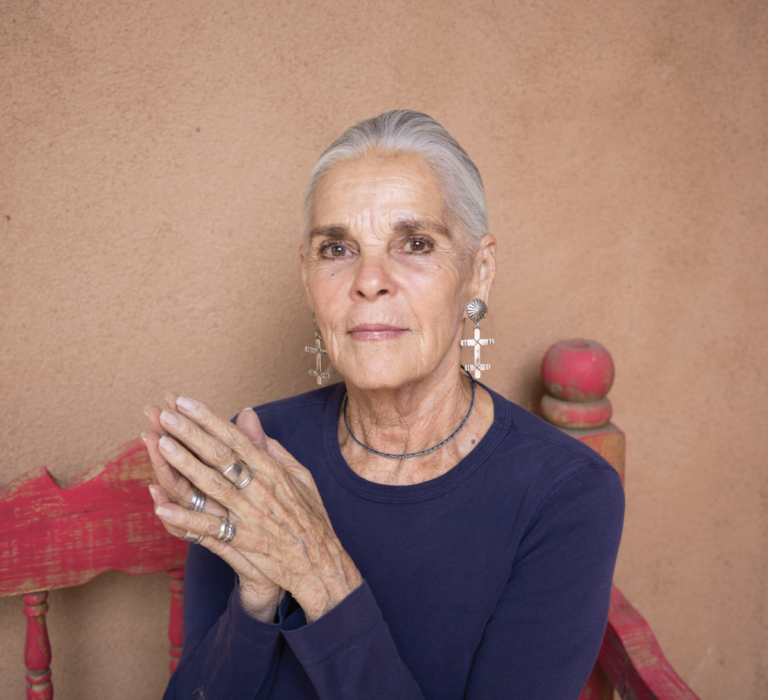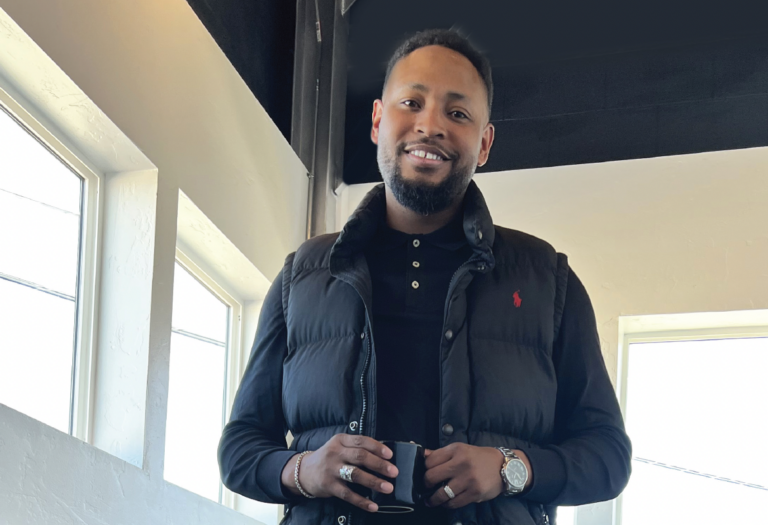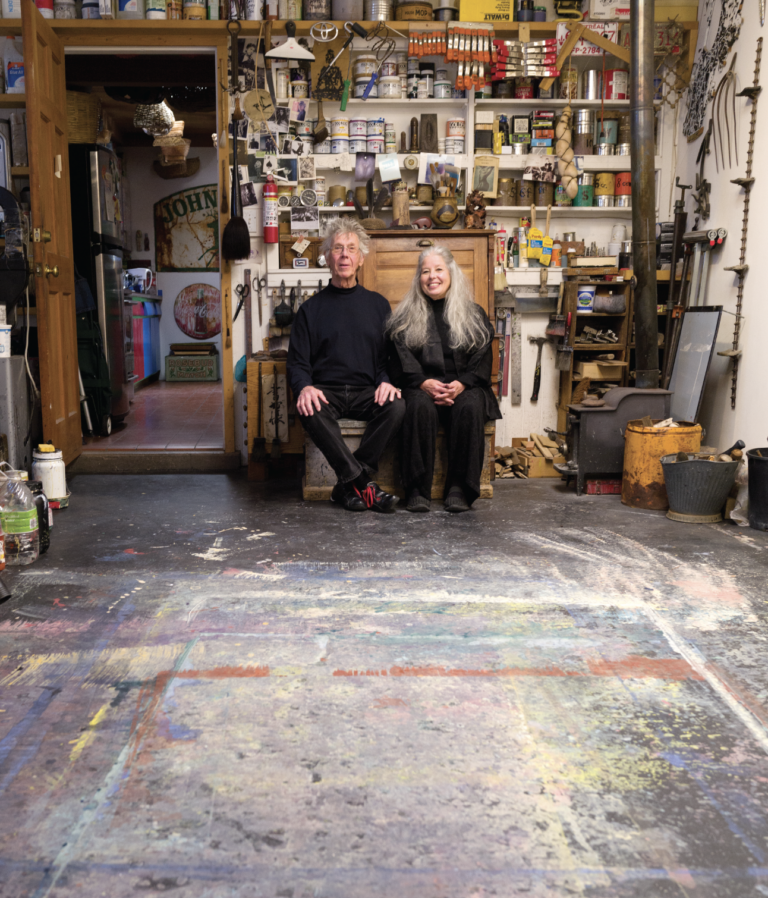ONCE UPON A TIME IN AMERICA, a doctor named Stuart Anderson observed that the health care system as we know it was not working for many people. So he had a simple, radical idea: Provide primary service to fewer patients, spend time with them, visit them in their homes. Be at the hospital when they have an emergency. Be there, in some cases, to help them die. Be willing to adopt treatments that show remarkable results but have not yet been accepted in the existing medical establishment.
Healing is his family business. His grandfather, his father, and his mother’s father were all doctors. When he makes house calls, arriving on a dusty bike, he brings the leather bag his grandfather used. It still holds together.
He was taught – and learned – that being a doctor is service, compassion, science, competence and, sometimes, risk-taking. He recounts a story where, as a six-year-old, he bragged to a friend that when he grew up, he would be a doctor and be rich. His mother took him aside and told him, in a way he would never forget, that being a doctor has nothing to do with money. I didn’t ask him if she washed his mouth out with soap.
Why do you use ketamine in your practice?
We administer it as an IV infusion as a way of helping people deal with depression and PTSD. It’s basically a hallucinogen; it separates you from your earthly existence for a period of time.
The reason I’m familiar with it is because we use it in the emergency room when we reduce fractures and perform other painful procedures. About 20 years ago, someone with a broken arm, say, would come in, and they also happened to be severely depressed. When they got ketamine, they felt better for reasons no one could explain.
I don’t think we really understand why it works. People are always looking for a neurochemical explanation, like, This key fits into this lock and opens up this thing. Which is a fairly reductionist way of looking at it. It’s more like all of the chatter in your head calms down, and you find expansiveness. It basically removes the fear and anxiety.
So the fear of pain is part of the pain itself.
A massive part of pain. Addressing the psychological aspect of pain completely changes the dynamic. That’s why it’s used for chronic pain syndromes – it’s not like an opiate in dampening pain, it’s actually changing the way you experience the pain.
How does it work with PTSD?
My good friend, Loren Stuart, has a great way to explain this: When you have post-traumatic stress disorder, it’s usually a lifelong, debilitating response to something very brief that happened to you. Ketamine is the opposite of that – you have this brief experience that can be quite intense, quite euphoric, and it changes the way you experience the world going forward.
Just one dose helps you adjust the way you respond to the world in the same way a traumatic event would. It stops the “trigger” and gives you a little bit of space between something that’s happening and how you respond to it.
It’s a really profound experience. It’s a little like meditation – you’re able to experience things without attaching emotions; these things are just passing clouds. Ketamine is a very comforting medication where you feel like, I see that anxiety coming on, but it’s okay, it’s going to pass. It’s like a training program.
How would you classify this drug?
It’s a Schedule III substance.
What does that mean?
Schedule I is heroin and cannabis. These are medications that you cannot prescribe unless you’re in a research setting. Methamphetamine is Schedule II, and your average doctor with a DEA license can prescribe Schedule II and Schedule III substances.
If ketamine is so effective, why is it just now coming online?
There’s still a lot of fear in society about psychedelics, sort of a hangover from the countercultural movement.
It’s mind-altering in a way that is mystical, which is scary for most of society. But not Santa Fe. A good chunk of the population here is quite excited about this.
It can open a real dialogue between doctor and patient. That’s what we want to do.
Think about how someone might come to the ER with abdominal pain, but you do tests and they’re fine. They’re like, That’s cool. Thank you. But what’s wrong? Let’s take a little bit of time, take a few minutes and ask, What was going on when this started? How can we understand your story?
If you want to go from being a clinician to becoming a healer, to do real doctoring – doctoring as a verb – you have to take that next step of, Okay, what’s their story, what’s going on, how does it fit into their life?
I remember Andrew Weil saying our job as doctors is to teach people how to take care of themselves.
That’s amazing.
So I don’t like to see people taking mouthfuls of vitamins. I think that’s a failure. You ought to be able to eat good food, move your body, be outside in the natural world. You need to have some contemplative practice, and you need to spend time with people. Because that’s what we’ve got. Living is different than not dying.
So with ketamine, we go through a series of treatments, but we also work with people, trying to develop some meditative practice. It’s different with every person, and I won’t say that it 100% fixes everything, but it does work really well for the vast majority of people. There are a ton of reputable studies on this – it’s not just anecdotal evidence.
Look, society is changing, and people want to get past numbness to feeling something more extraordinary.
Is there any issue with people saying, This is flaky? Do people criticize you for administering this?
I’m good, I hold up.
Let me make a comment about science and doctors. We study science, and science is like art. It’s difficult to categorize something as science. Doctors are kind of in this weird place between science and art, or science and humanism, where we’re trying to take science and apply it to the human experience. And it’s kind of sloppy. Medical science is not the same as biology or zoology, where you’re studying plants and animals you can really understand. That’s not how people are.
You still make house calls. It’s uniquely old-fashioned. The idea of a doctor coming to your house and knowing your children’s names…
I really like people and their stories. You get to talk to them for awhile. You get to know them; you develop a sense of trust. I just feel like sitting down and talking with people is really interesting.
I have my grandfather’s bag from when he did it – that’s what I carry around with me.
And you like working in the ER for the same reason?
The ER is a common denominator for society – everyone ends up there at some point. It doesn’t matter if you have billions of dollars; you will end up sitting in an emergency room next to a homeless person at some point in your life.
The ER is the raw experience of humanity: seeing illness, seeing death – and seeing joy and laughter as well. You see the extremes: unbelievably sad events but also healing. You see babies being born. It’s what the human experience is.
When you see people from all different walks of life and hear their stories, it makes you kinder. You understand that people have suffered. And that doesn’t mean I’m always really nice to people who are losing their shit in the ER, but I try to be. I try to take that step back. This person is really making me insane, but once you get through that part, once things are quiet, you remember that they have a story too, and it’s probably not a very happy one.
It’s about being able to see their stories. Because when you see a person’s story, you can start to see stories in other people, and that makes you connect with them because you feel like you’re all sharing an experience.
This job I have kind of ends up being about seeing God in people.
Photo SFM








